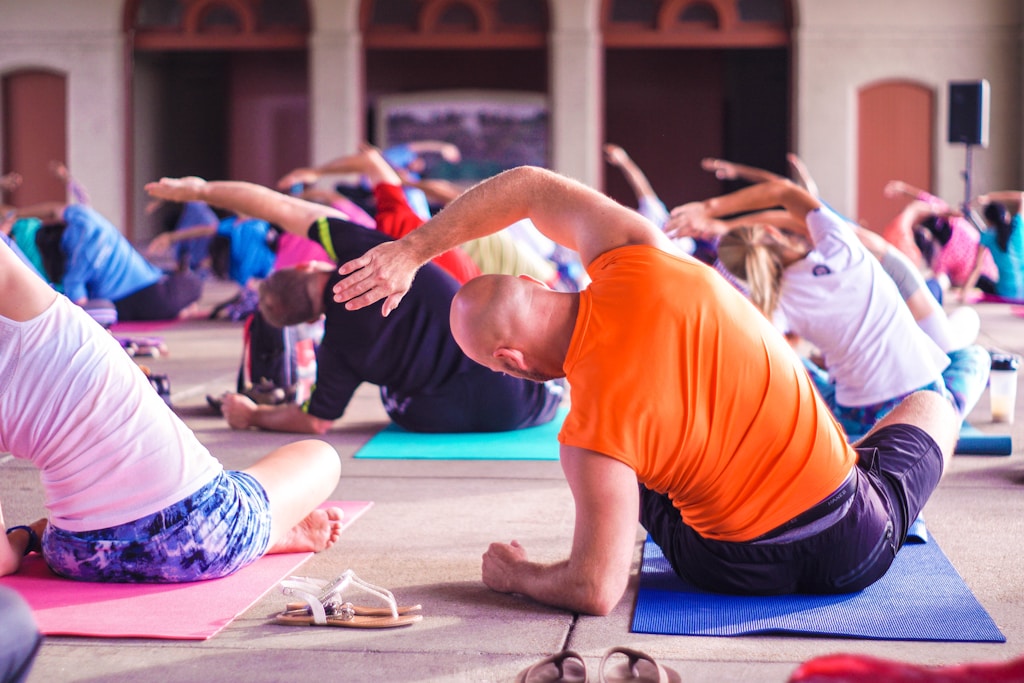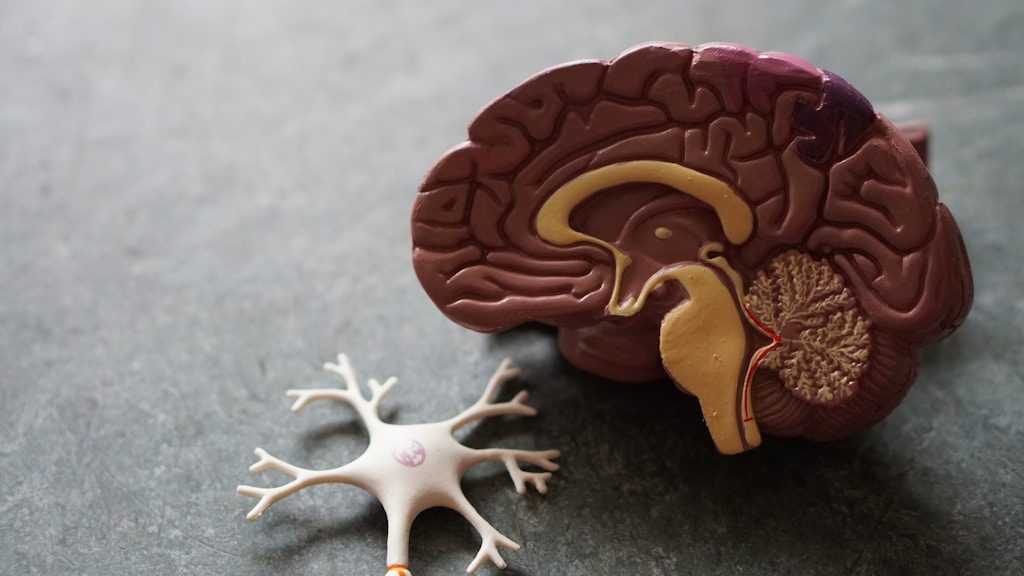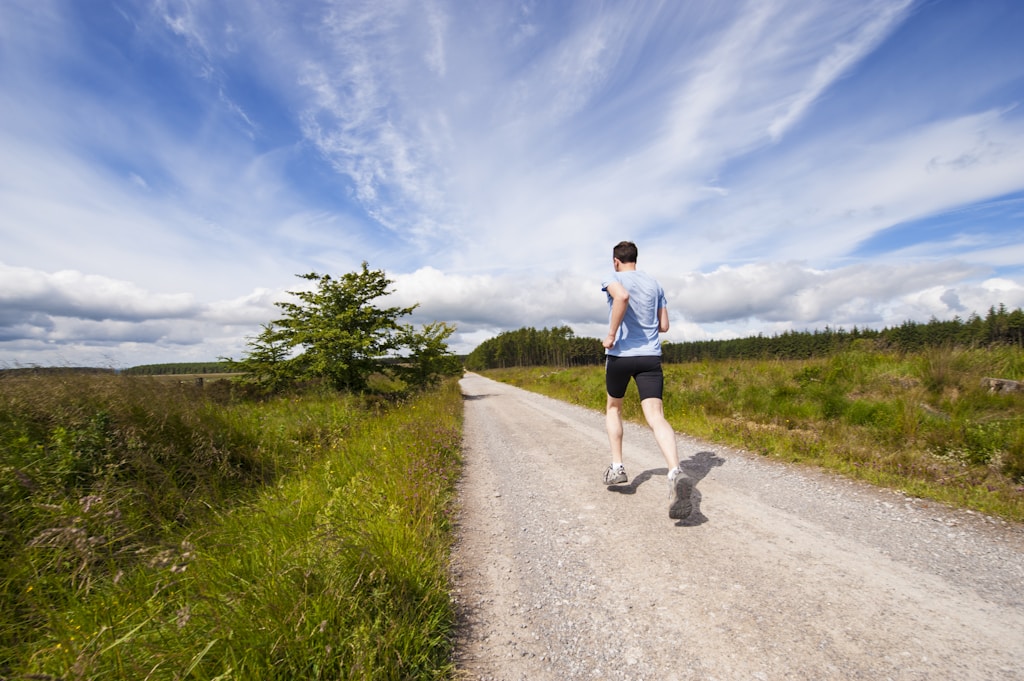Table of Contents
Welcome back to our ongoing series on a healthy lifestyle for aging in place.
Last week, we provided a brief overview of the four pillars crucial to ensuring our elderly loved ones thrive as they age in the comfort of their homes. Recognizing the foundation these pillars provide is crucial.
This week, we're honing in on a vital component that may be the heartbeat of healthy aging: Exercise and Activity.
As caregivers, our ultimate wish is to see our elderly family members live their senior years filled with vitality, joy, and independence. While each pillar plays its role in achieving this, physical activity uniquely touches every aspect of their well-being.
From enhancing physical health, boosting mental clarity, to even fostering social connections, movement truly is the best medicine.

We all know that exercise is good for us, right? But did you know just how good it is for older folks? Let's look at some numbers that might surprise you.

So, we see that exercise helps older adults live longer, think clearer, and stay steady on their feet. It even helps with long-lasting health problems. But not many older adults are moving as much as they should.
Why is that? Maybe because starting something new, like exercise, can feel hard. But remember, the first step is often the hardest, and after that, it gets easier.
Sometimes, our older loved ones might feel like exercise isn’t for them. Maybe they have health worries or just don't feel like moving. But there are ways to help. Let's look at some common reasons and how we can help them get moving.
If we show our loved ones how good exercise can be, they might want to try. Even a little bit every day can make a big difference. And if we can join them, it’s even better. After all, moving together is a fun way to spend time.

You know, exercise isn't just good for our older loved ones. It's great for caregivers too. If you ever feel stressed or just need a break, try taking a walk or light jog. It can clear your mind and help you feel better. It's like a little timeout for yourself.
A simple tool to make sure both you and your loved one get moving? Plan it. Promise each other to walk for about 20 minutes, three times a week. If you stick to a set time, before you know it, it'll just be something you always do. And guess what? You may even like it.
Here's another idea: Add a little more movement to things you already do. Maybe park your car a bit further away when you go places. Or, if you're watching TV and there's a commercial, try standing up and sitting back down a few times.
It might sound funny, but you can even walk a circle around the house after using the bathroom or try standing on one foot while doing dishes. The main idea? Do a little more than usual. Little changes can make a big difference over time.
Check back next week as we take a look at nutrition and diet to improve quality of life while aging in place!
That's all for today.
Take care, keep mom safe at home and have a great day!
Winn